Dig deep into the traditional market Meizu PRO 6s evaluation from the inside out
IT168 Evaluation On November 3rd, Meizu held a new product communication meeting at the Sanlian seaside public library in Qinhuangdao. The protagonist of this communication meeting was Meizu PRO 6s. From the product name is not difficult to see, this is a small upgrade to Meizu PRO 6 upgrade. This is mainly reflected in the changes in the body color (new bright black color matching), the newly upgraded main camera (with optical image stabilization), and a larger capacity battery (4000mAh). It and the 100 new machine Charm Blue 5 released on October 31 formed the two generals of Meizu in the double 11 battlefield.
At the end of last year, Huang Zhang, the founder of Meizu Technology, who always acted in a low-key manner, made a debut at the Meizu annual meeting, stating that “steady growth, creating profits, and being close to the IPOâ€. In fact, as early as last year, Meizu has begun to deploy retail channels on a large scale. It is clear that it is necessary to share the OPPO and vivo offline markets that make a fortune. In 2016, Meizu increased the price of its products through the use of more sophisticated technologies for high-end products. In the past year this year, the product's profit margin has grown significantly compared to the past. The Meizu PRO 6s released this time will also be another weapon for Meizu to dig into the traditional market.

At the last conference last year, Meizu announced that cumulative sales had exceeded 20 million units that year. Although it could not be compared with the “giantâ€, the growth rate was as high as 350% compared with 4.4 million units in previous years. Then, Meizu proposed 2016 sales forecast: 25 million. This year, Meizu has significantly increased its product profitability, which has a relatively large impact on product sales. Near the end of the year, Meizu's pressure is bound to be not small. On the other hand, on the eve of the “Double Eleventh†on the occasion of the National People's Shopping Carnival, Meizu obviously will not miss this opportunity to seek another breakthrough in sales. In this way, Meizu brought the Meizu PRO 6s after being polished again. Below, we do a detailed evaluation on this product of Meizu PRO 6s to see if it can take on this responsibility.
Before starting the evaluation, first look at the Meizu PRO 6s hardware parameters, to have a simple understanding of this phone.
Meizu PRO 6 and Meizu PRO 6s basic parameters comparison product name Meizu PRO 6 Meizu PRO 6s screen features 5.2 inch FHD AMOLED5.2 inch FHD AMOLED processor Helio X25 Helio X25 network mode dual card dual standby, full Netcom 6 mode 18 frequency dual card dual standby, full Netcom 6 mode 18 frequency running memory 4GB LPDDR3
4GB LPDDR3 body storage 32GB/64GB
64GB
Front camera 5 million
5 million rear camera 21.16 million IMX230 12 million IMX386, four-axis OIS optical image stabilization product selling metal body design, high-value photos, life, high value of the fuselage size 147.770.87.25mm
147.770.87.3mm
Battery capacity 2560mAh 3060mAh Operating system Flyme 5 Flyme 5 Body color Moonlight silver / Star black / Champagne gold / Rose gold / Flame red Moon silver / Rose gold / Star black / Champagne gold Sale price 2299/2799 yuan 2699 yuan
Through the comparison of hardware parameters, it can be found that Meizu PRO 6s has been upgraded in two aspects.
Take pictures . The PRO 6s uses the same Sony IMX 386 camera sensor as the MX6. This sensor has a larger area per pixel than the IMX 230 used in the PRO 6 and incorporates a four-axis OIS optical image stabilization to help enhance the sensor. Image quality and dark-light imaging performance.
Life . From the official measurements of the body measurements, PRO 6s is 0.05mm thicker than PRO 6. In the hand, the difference in the thickness of the two 0.05mm is difficult to be perceived, but in exchange for 500mAh battery capacity, improve the battery life performance. According to the Android camp mobile phone at this stage, the optimization effect of the mobile phone through various software algorithms is not as good as the battery. The endurance performance is actually a lot of feedback from Meizu PRO 6 users. With the 20% increase in battery capacity and the Helio X25, a processor with excellent power control, the Meizu PRO 6s is no problem in reaching or surpassing the current mainstream level in terms of battery life.
Here we enter the body of the evaluation, first look at the appearance of Meizu PRO 6s. In general, Meizu PRO 6s and Meizu PRO 6 have almost no change, either in color or design. In this part, we have the right to make a brief review of the design of Meizu PRO 6.
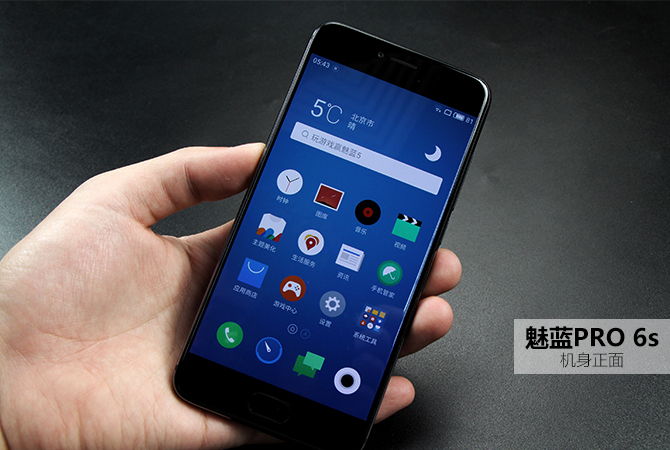
Appearance, Meizu PRO 6s has a standard Meizu face, using a metal body design. The front of the fuselage, Meizu PRO 6s uses a 5.2-inch AMOLED screen with a resolution of 19201080, using 2.5D protective glass. The 2.5D glass used by Meizu has a thickness of 0.8mm. The thicker glass brings a more rounded edge visual effect and a better feel. At the same time, the optical properties of the glass make it a very narrow border. Looks narrower.
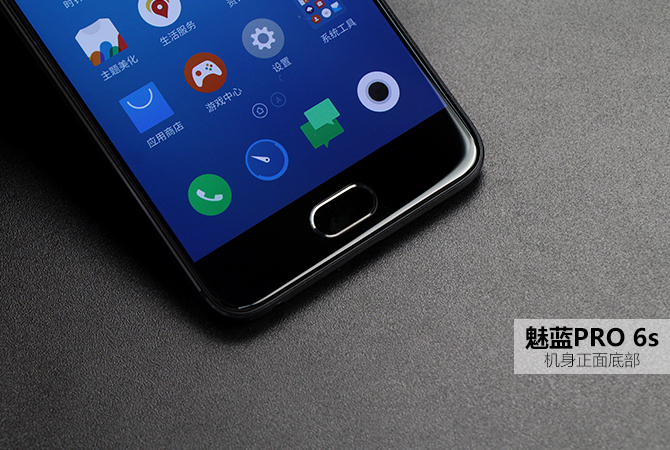
The bottom of the fuselage is Meizu's iconic mBack button. The operation logic of “Touch Back, Press Back to Desktop†is very simple and easy to use. Compared to the traditional Andrews three button design, mBack design is much more clever. Also, the single-button design saves space on the front of the body, making it visually simpler. mBack integrates the fingerprint recognition function, which can be used to unlock the screen, but also supports the payment of the fingerprints of WeChat and Alipay, which is more practical.

As mentioned earlier, the 2.5D protective glass used by Meizu PRO 6s has a thickness of 0.8mm and has a more rounded edge visual effect. On the front of the fuselage, there is a traditional front camera, earpiece and light distance sensor integrated in a symmetric design (but the black panel does not look obvious). The front camera has 5 million pixels, supporting beauty selfies and Face AE facial enhancement. In addition, Meizu official said that the upgrade of the beauty algorithm, the camera's beauty effects will be more natural and more detailed details.
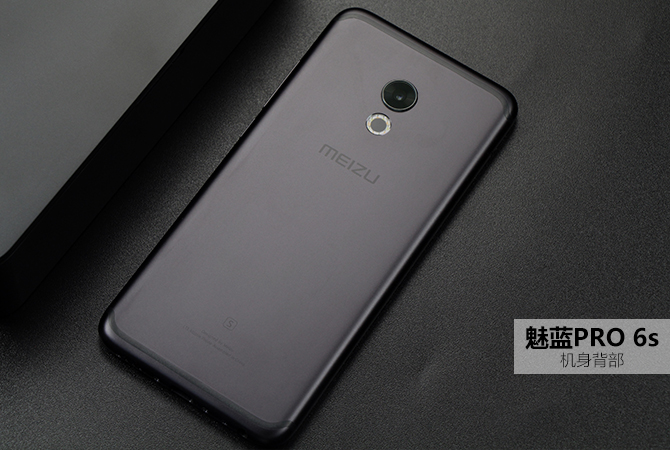
On the back, the Meizu PRO 6s uses an all-metal body design. This is a black version of the starry sky in my hand, but it is not a particularly pure black. Under the light, it will be slightly purple. The back of the fuselage camera, ring flash and other elements are centered design, "order to produce the United States", consistent with Meizu's concise style.

Meizu PRO 6s's antenna injection belt is not straight and straight, but it is intended to fit the edge of the fuselage, reducing the area occupied by the injection molding belt. The black plastic injection belt and the starry black back fuselage are also more integrated, making the back of the body look more concise.

The camera is one of the key upgrades of the Meizu PRO 6s. It uses the IMX386 camera sensor from Sony (the same as the Meizu MX6). The unit pixel size was increased from 1.12um to 1.25um, the aperture was increased from F2.2 to F2.0, and four-axis image stabilization was added. Can effectively improve image quality and dark light imaging performance. Below the camera is a ring flash with 10 LEDs that is the same as the PRO 6.
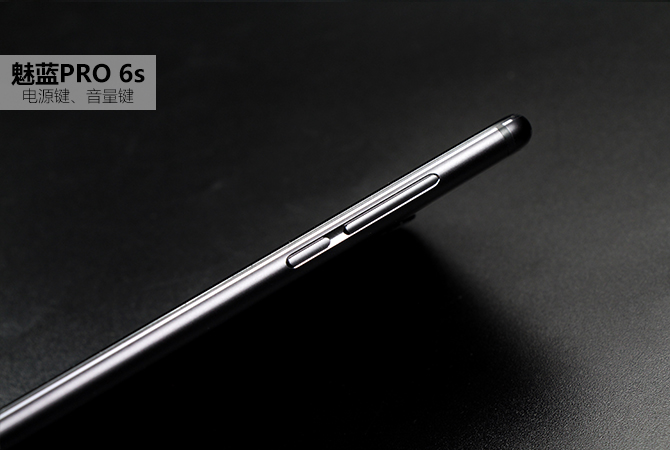
With the side buttons, the volume keys and power button of the Meizu PRO 6s have a grooved design, which effectively distinguishes the button area from the frame in the camera body, making it easier to recognize the button when pressed. The keys are also made of metal material, the keys are not loose and the keys are soft and hard.

In general, Meizu PRO 6s and Meizu PRO 6 did not change in appearance. In fact, due to the increase in the size of the fuselage, Meizu PRO 6s thicker than the PRO 6 to 0.05mm, the difference in the feel of the two is not obvious, but it is reflected in the oblique side of the fuselage side . The chamfered edges of the Meizu PRO 6s are wider than the PRO 6 and are brighter and more pronounced.
The above is a brief introduction to the appearance of the Meizu PRO 6s. Meizu PRO 6s almost did not make any changes in the design, there is no new color to join, as a new machine is concerned, the lack of some fresh. However, as a minor upgrade to the Meizu PRO 6, this is no problem. On the whole, the Meizu PRO 6s is a product with superior design and excellent workmanship.
Meizu's photo shoot for the PRO 6s was rebuilt, and the IMX 386 sensor, which was quite successful on the MX6, was selected. The 6P mirror set was also re-customized and optical image stabilization was added for the first time. Using the training experience accumulated on the Helio X25 for half a year, the algorithm level has also been targeted to improve, including multi-frame noise reduction optimization, scene exposure analysis, etc. Below, we help you resolve these changes through the proofs.


Sony's IMX 386 sensor is an upgraded version of the IMX 286, maintaining a size of 1/2.9 inch and a single pixel size of 1.25μm, compared to the previous IMX 230 sensor (21 million effective pixels, single pixel Size 1.12μm), the color performance will be more abundant, the dark light performance will be strengthened. The actual proof performance, PRO 6s screen exposure has a very good control, tend to tune, the overall picture is warm.

Zooming in, 12 million resolution is enough, and the details still have sharp performance. However, there is a slight purple fringe at the edge of the screen, which does not exclude the engineering machine.
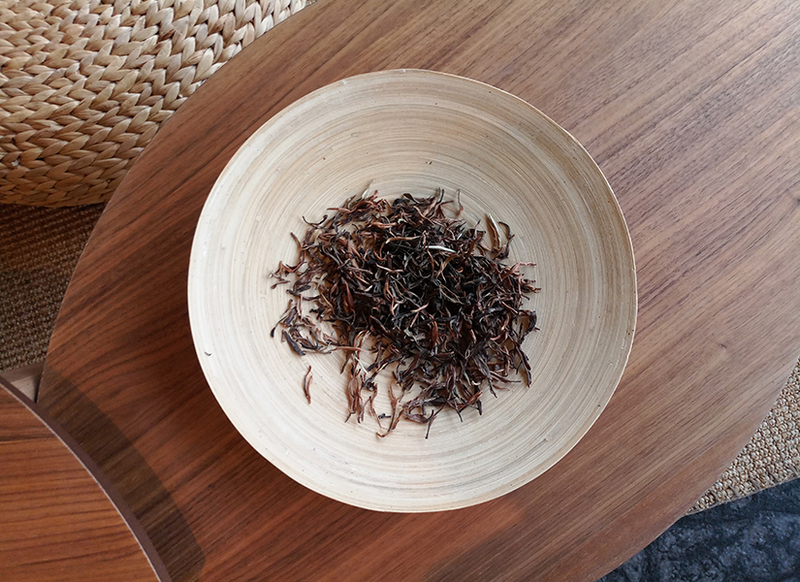


In addition, the aperture also has a previous F2.2 raised to F2.0, with large pixel sensitization, the amount of light into the unit of time once again enhances, on the one hand to enhance the night performance, on the other hand also makes PRO 6s to achieve "zero delay shutter" . The actual experience, with the PRO 6s laser focus + relative focus, the entire imaging process is in one go, no drag, has a good experience.
The PRO 6s incorporates four-axis optical image stabilization, making it the first Meizu model equipped with optical image stabilization. Four-axis optical image stabilization is available on the Xiaomi 5 and ASUS ZenFone3. Position correction is performed by the motor to the mirror group to offset the jitter in the photographing process and obtain a more stable image. For dark light photography, the significance of this technology is that you can use a long shutter + low ISO exposure strategy to ensure that the amount of light and get a more pure picture.
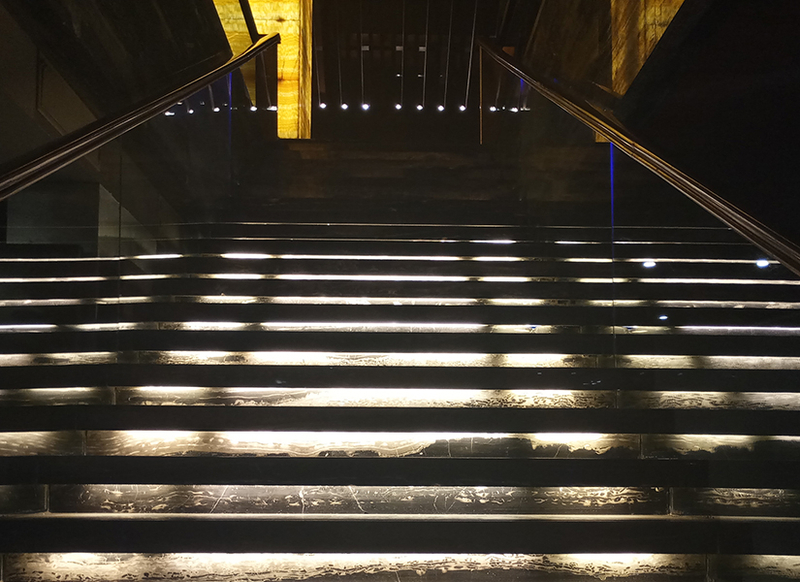

The actual performance point of view, Meizu PRO 6s's dark light photographs pay more attention to the purity of the picture, intentionally dimming some of the overall picture, effectively suppressing the noise, which is Apple's usual tuning. Of course, this type of tuning also lost some of the details of the shadows, such as the distant high-rise balcony.
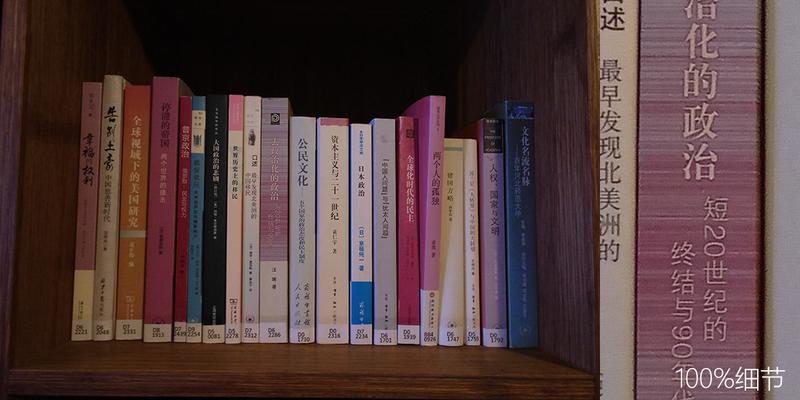
Zooming in, the dark light quality of the PRO 6s is also within the acceptable range, the noise is well controlled, and the handwriting of the book can be distinguished.
Overall, after 6 months of building, the Meizu PRO 6s camera hardware has been greatly upgraded, and the characteristics of large pixels, large aperture, and optical image stabilization are more in line with current trends in the development of mobile imaging, which further enhances the imaging experience.
As one of the best domestic Android UIs, Flyme has evolved to version 5.2 after several major iterations of updates. From the very beginning, Flyme has countless new and simple interface designs. Flyme gained a lot of praise in the era that is generally based on native Android UI design. Now, Flyme's simple, fresh interface design style has been preserved, and in-depth optimization in terms of functionality, ease of use and so on. At this time of the release of Meizu PRO 6s, Flyme did not usher in a major update. The aircraft was running Flyme 5.2 based on Android 6.0. Most users are familiar with this system. In this section, we will not elaborate on Flyme 5.2. We will briefly introduce its features.
Clean, refreshing system interface

Among the many domestic mobile phone brands, the best combination of software and hardware style may be Meizu. "Simple, fresh, literary" design style is always in Meizu's products. Starting with the Flyme 5 system, Flyme caters to the trend and uses a flat design language to perform drastic changes to the system interface. This is the biggest change in its system interface. But no matter how it changes, the style of “small and beautiful†style is well preserved. Flyme 5.2's color scheme is very refreshing and it is rich in color, which is exactly in line with the tastes of young users. The flat icon design makes the system more simple.
In the interface design, Flyme 5.2 uses a large area of ​​color blocks in some applications to highlight the most critical information, helping users to complete high-frequency operations faster. Flyme 5 is a milestone upgrade in terms of system, and has been greatly improved in fluency and aesthetics. Moderate sliding damping, smooth animation transitions, and easy use of mBack. In addition to the in-depth optimization of Flyme engineers, on the other hand, the current Flyme 5.2 is based on the underlying Android 6.0. In Android 6.0, Google officials have further optimized the memory management. For non-social apps, Android 6.0 will enable the "tombstone mechanism" and will no longer use memory when running in the background. After upgrading to Android 6.0, the 512M memory device It can also run smoothly.
Rich, practical functional optimization

Suspension ball. At first, this was a special optimization for large screen phones. Inconvenient to operate with one hand When pressing the key at the bottom of the screen, clicking the levitating ball can achieve the same operation, and the levitate ball can be placed anywhere on the screen. Currently, in addition to single-clicking and long-pressing, the function of switching from left to right and sliding to multiple tasks, sliding back to the desktop, and sliding down the notification bar is realized, and actions can be customized. This is very useful for large screen mobile phone users, no need to adjust the gesture to tap the button at the bottom of the screen.
Long screen shots. Flyme 5.2 has a long screen capture function and supports long screenshots on screens and web pages that can slide down. With this feature, there is no need to repeatedly take a single screen shot to share longer information content. And, after continuous optimization, the long screenshot in Flyme 5.2 can also be dragged up and down during screen capture to adjust the position of the screenshot. Unnecessary content is not intercepted, practical and efficient.
Excellent localization optimization

Yellow pages of life. As a representative of the domestic Android UI, Flyme 5.2 has done a good job in localization optimization for practical habits of domestic users. The phone applications of smart phones today are no longer limited to basic operations such as dialing and finding contacts. The addition of the Yellow Pages feature brings more convenience to the user's actual use. It can quickly find information such as hotels, service calls, and provide a one-stop lifestyle service information solution.
Traffic management. In the Flyme 5.2 mobile phone housekeeper, in addition to integrated functions such as junk removal, harassment interception, and virus killing to ensure mobile security, traffic management can also be performed here. By setting a monthly traffic limit, real-time monitoring of daily traffic conditions is used to prevent background traffic sneaking. While Internet access charges are not yet very low, this is basically an essential feature.
Simple and easy to use mBack

The mBack button is an iconic feature of the Meizu phone, and the Meizu has this patent. The operation logic of “touch feedback, press back to desktop†is very simple, easy to use, and zero learning cost. Although the design of the waist and round keys does not seem to be more concise, the single-button design is already a very good design compared to the traditional Andrews three buttons, and the overall Meizu mobile phone still meets the fresh and simple temperament. mBack also integrates a fingerprint recognition function, which can be used to unlock the screen. It also supports document locking and Alipay, WeChat fingerprint payment, which is very practical in daily life.
System section summary . As the homogenization of smartphones has become more and more serious, and even the system software experience has gradually become more and more similar, Flyme is still one of the most outstanding Android UIs. It pays attention to listening to user requests and solving users' actual needs. It does not simply stack up popular features like some domestic Android UIs. The software experience is simple and practical. The interface is fresh and beautiful. It should be the simplest and most direct summary of the current Flyme.
Helio X25 Reviews
Earlier this year, Meizu PRO 6 was launched with MediaTek's annual flagship Helio X25, and it worked closely with MediaTek to have a 3-month exclusive period of this chip. The time passed 6 months, Meizu PRO 6s as a small upgrade to the PRO 6 upgrade, still equipped with this processor, from which to reflect three points of information: First, Meizu has accumulated mature tuning experience in PRO 6, for Helio X25 The drive is confident enough. Second, Meizu did not blindly pursue pure hardware performance, but instead devoted more energy to improving the experience of taking pictures and cruising. In the end, Meizu and Qualcomm’s patent disputes continued to ferment and they simply missed Xiaolong 820/821. From the supply chain, Helio X25 has become the only choice.

As a high-end positioning chip, Helio X25 simply summarizes the highlights of its technical parameters.
1, three cluster architecture, ten core. The Helio X25 uses a 20nm process technology and has two Cortex-A72 cores, four Cortex-A53 high-frequency cores, and four Cortex-A53 low-frequency cores. Engineers divide it into high-performance, balanced, and low-power three-gears, which is what the government calls the three-cluster architecture. This can handle more usage scenarios and allow the CPU to have a more stable life in ensuring performance. And lower power consumption.
2, GPU performance, power consumption upgrades. The previous-generation Helio X10's GPU was a Power VR G6200 model, with a mediocre performance. As a flagship chip, even Adreno 330, which is inferior to Qualcomm’s previous flagship chip, the Dragon 801, has become a big problem for MediaTek. The Helio X20/X25 uses the Mali GPU chip provided by ARM. According to official data, the performance is improved by 140% compared with the previous generation and the power consumption is reduced by 60%. In addition, Helio X25 compared to Helio X20, GPU frequency also increased to 850MHz.
3, multimedia features upgrades. The Helio X25 supports up to 32 million pixels in the main camera, built-in 3D depth engine, and a new generation of noise reduction and demosaicing hardware features, I believe the night shooting capabilities will be further improved. In addition, it also supports 13 million pixel dual camera, hardware support for 30 frames / second 4Kx2K video playback. These enhancements make it one of the main reference chips for future dual camera phones.
4, built-in ARM Cortex-M4 processor. This is a processor designed to control low-power applications such as background playback of MP3s and applications like Samsung always-on. The sensor hub has an independent energy management system that can complete its work in a low-power environment. With the Samsung Super AMOLED screen, information such as resident time, reminders, etc. will only consume very low power even when the screen is off.
5, the global full-mode modem. MediaTek has been actively developing multi-mode and multi-frequency chips since its licensing of CDMA patents in 2013. However, it is limited by factors such as patent costs, hardware research and development, and market demand, and it has not been launched on a large scale. Multi-mode multi-frequency chips, and from the beginning last year, MediaTek finally began to actively layout the whole network chip, positioning the high-end Helio X25 is naturally equipped with full Netcom characteristics, and in the future this will become the standard for MediaTek chips. In addition, the baseband, Helio X25 supports Cat.6 carrier aggregation and VoLTE high-definition voice calls.
The theoretical data given by MediaTek alone cannot of course become a practical reference standard. Therefore, we also specifically selected several chips that compare with Helio X25 (MT6797T) as a comparative value, namely, Qualcomm Xiaolong 820 and Apple A10 Fusion. Exynos 8890 and HiSilicon 955, we quantified the running points of the CPU part through Geekbench4.
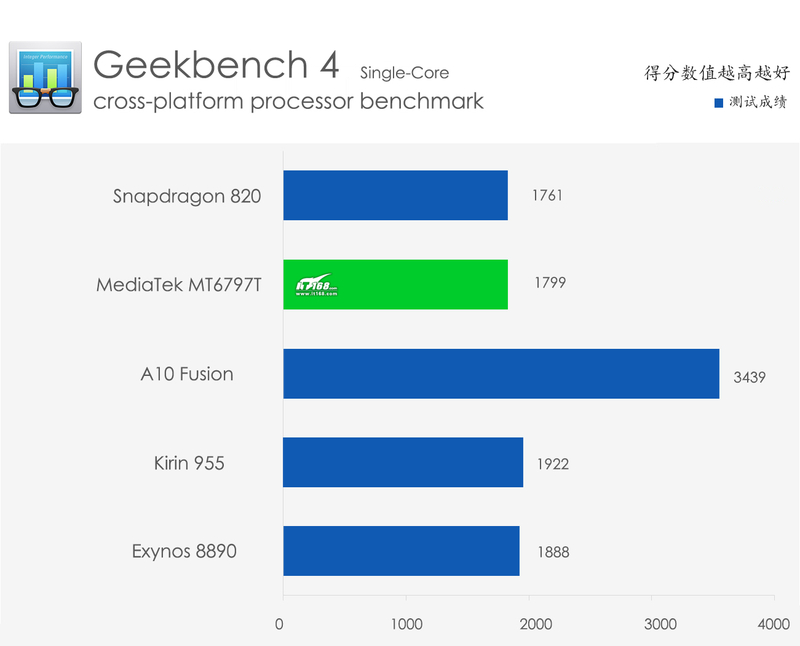
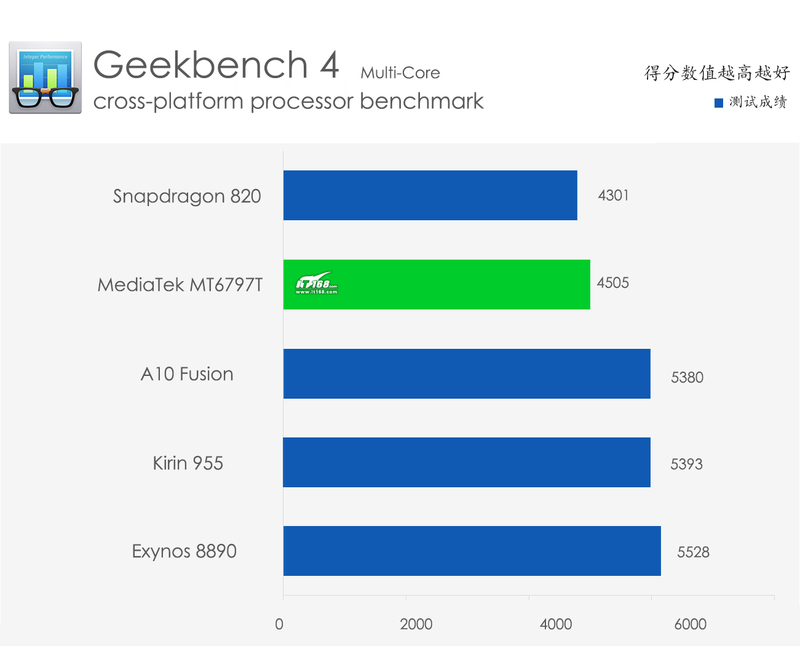
From the results, with the exception of the Apple A10 Fusion bug, the Helio X25 has the same level of CPU core performance as the Snapdragon 820, which is not much different from mainstream products. When it comes to multi-core performance, MediaTek's ten-core design reflects certain advantages, surpassing the quad-core design of the Snapdragon 820, and a certain gap compared to the eight-core design of the Unicorn 955 and the Exynos 8890 (Geekbench4 measures weight in multi-core running scores Change caused by). However, according to the actual use of the scene, the situation that the ten cores are fully open is not common except when the points are run. Therefore, the actual reference value of multi-core running points is not strong. In general, the Helio X25 does have some strength in the CPU and it is a flagship level.
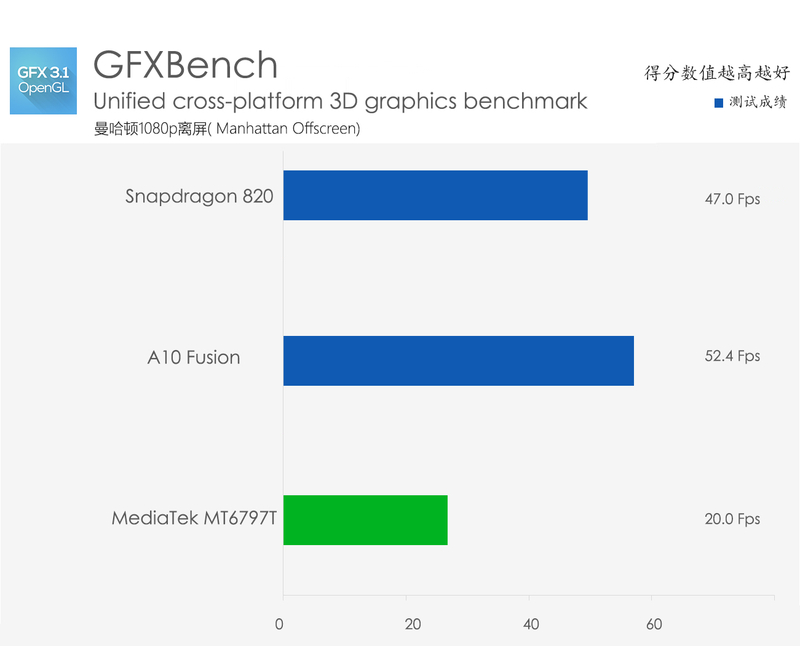
However, in the GPU segment, the MediaTek processor still has a certain gap with the flagship product. As we all know, the GPU performance mainly determines the fluency when playing a game. The Mali T880MP4 chip used on the Helio X25 is still not on one level compared to Qualcomm’s own Adreno 530 and Apple A10 Fusion GPUs. By comparison, it can be seen that the gap is obvious. This kind of performance has no problem with most of the mainstream applications (including UI motivity and simple games), but running large-scale 3D games still has some problems.
It is also worth noting that the Heliod X25's memory module still uses LPDDR3, which lags behind the current flagship LPDDR4 by about 50%. Processors that support LPDDR4 have greater bandwidth and have clear advantages in shooting scenes that use 2K/4K video, 120fps slow video, or large-scale games that require fast data transfer to flash memory. However, using LPDDR3 memory also effectively controls the hardware cost of the processor, making the Helio X25 more cost-effective.
Overall, MediaTek Helio X25 has certain strength in the CPU segment, but the relative weakness in the GPU segment and the lack of some of the mainstream flagship features make its flagship position unreliable, but it is enough to provide a smooth and smooth experience. PRO 6s as a small upgrade to PRO 6 upgrade, Meizu chose to continue to tap the potential of X25 is also an understandable decision.
Evaluation summary . As the current top-level flagship product of Meizu, the appearance of PRO 6s is less grand than its product positioning. The design did not change and no new color was added. The "s" of the Meizu PRO 6s seemed to have less weight. Regarding its appearance, I would like to apply the viewpoint of Li Nan, vice president of Meizu, “The design of the Meizu PRO 6 has been very good and there is no need to change it at this stageâ€. For this, I agree with nothing wrong. With the rapid development of the domestic smart phone market, mobile phone brands have a lot of mature packaged product solutions, which also directly leads to the increasing homogeneity of products. I use glass for your glass, I also use metal for your metal, but most of it is just for use.
The Meizu PRO 6s inherited Meizu's fresh and simple design genes in appearance, and improved the antenna injection bars for many users in the industry for the first time. Obviously, Meizu is not blind to the design of products and has its own independent thinking. Regardless of horizontal or vertical comparison, at this stage, Meizu PRO 6s is still a product that can afford the word "high-value".
Although there is no change in appearance, the Meizu PRO 6s has targeted upgrades in terms of battery life and photographing. It replaced the 20% battery capacity increase (3060mAh) only with 0.05mm fuselage thickness change, replaced the Sony IMX386 camera sensor and added optical image stabilization to enhance the image quality. Both of these aspects have practically affected the user's actual experience. “Life is not awesome†and “photographing general†is precisely the two points that Meizu PRO 6 users have given quite a lot of feedback. Meizu PRO 6s's upgrades have hit users with pain points. Based on the above points of view, Meizu PRO 6s has the strength to become an explosive product during the double eleventh promotion period.
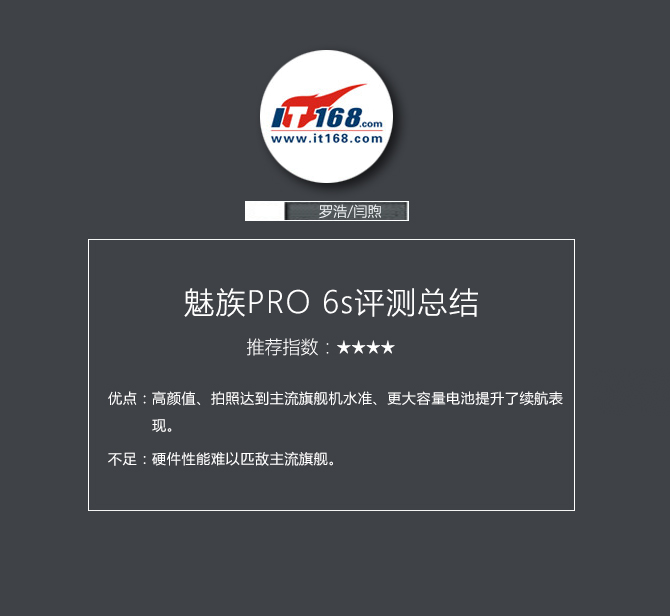
However, as a flagship product, Meizu PRO 6s also has its shortcomings. At this stage, Meizu is mired in the quagmire of Qualcomm's patent case. There are not many high-end mobile processors available on the market. Compared with Xiaolong 820/821 in terms of hardware performance, there is no advantage at all. If you simply use the formula “Hardware Run/Price=Priceâ€, Meizu PRO 6s is obviously weak in this respect. Moreover, Meizu's "Hello exclusive Helio X25 March exclusive period" has long since faded, and this processor is now more used in cost-effective mobile phones that are positioned at a thousand dollars. In terms of hardware performance, this flagship of PRO 6s can only be the flagship of Meizu mouth.
Purchase advice . The Meizu PRO 6s, which is priced at 2,699 yuan, is not expensive. The hardware performance is sufficient for most users, but it is no longer a cost-effective property. It is suitable for young people who have higher requirements for photographing and mobile phone's color value. The appearance of the same price competition products is comparable to that of Meizu PRO 6s. If you look at its appearance, don't hesitate to buy it. And if fancy mobile phone performance, on the face value is not high, there are too many low-cost mobile phones equipped with Xiao Long flagship processor to choose from, Meizu PRO 6s is not appropriate.
Before the release of Meizu PRO 6s, Meizu adjusted the price of PRO 6 and started selling it at a price of 2,299 yuan. The retail market price is lower, 2,000 yuan can start with 32GB version, about 2200 yuan can start 64GB version. The MEIZU PRO 6s, which focuses on upgrading the battery life and photos, significantly increases the actual user experience, and balances the two. I would prefer to buy PRO 6s.
BNC Female Bulkhead Waterproof Connector,Bulkhead BNC Connector,BNC Bulkhead Connector Female,BNC Compression Connector
Xi'an KNT Scien-tech Co., Ltd , https://www.honorconnector.com